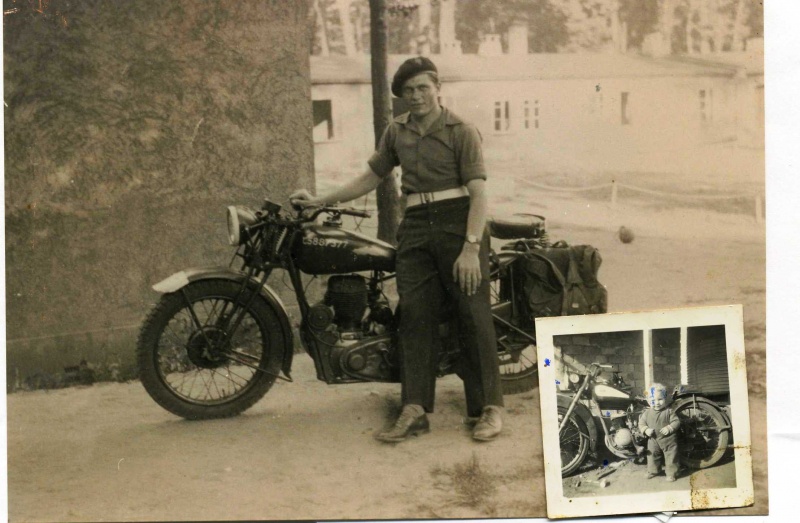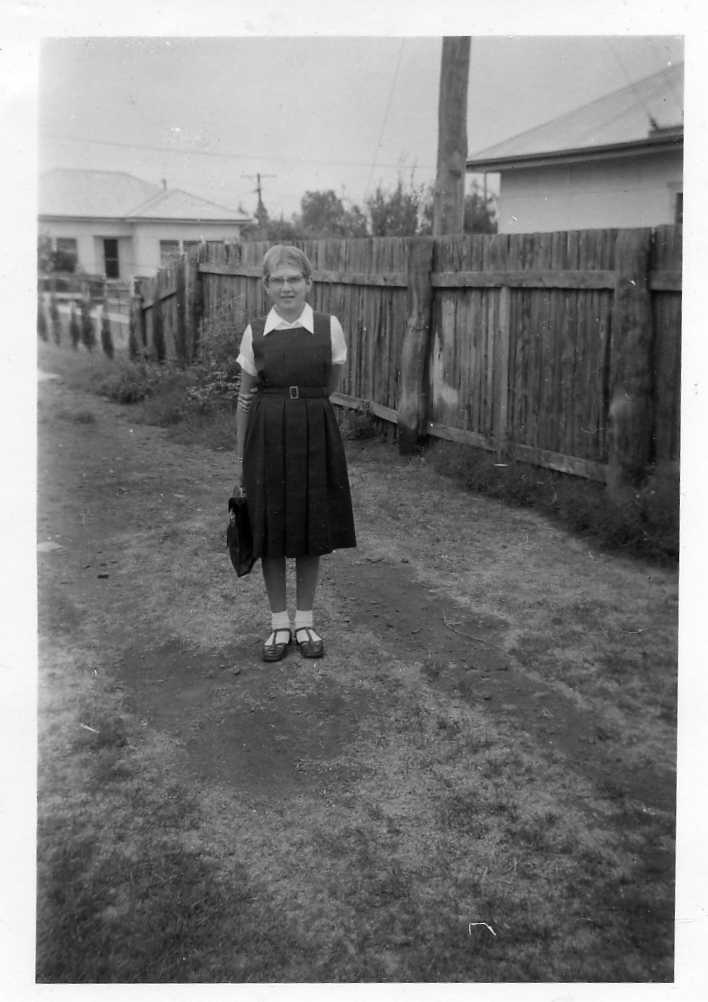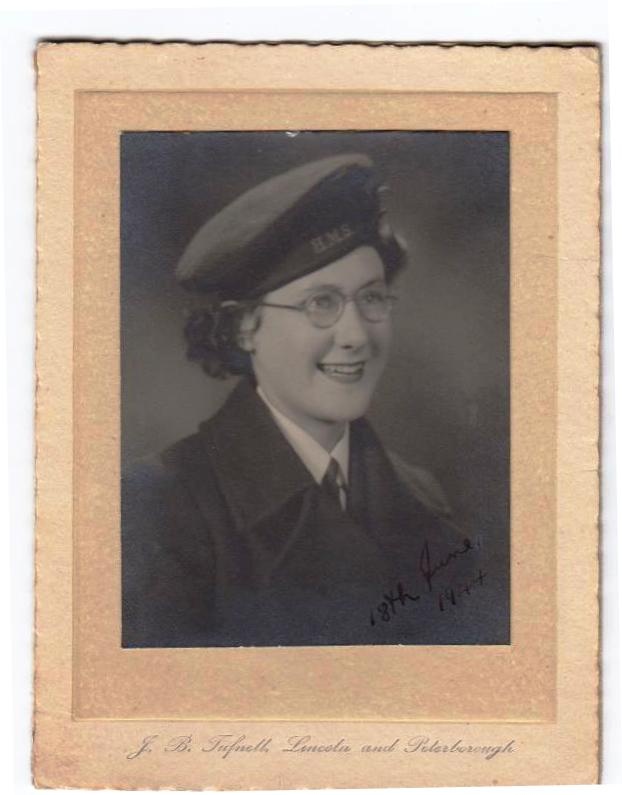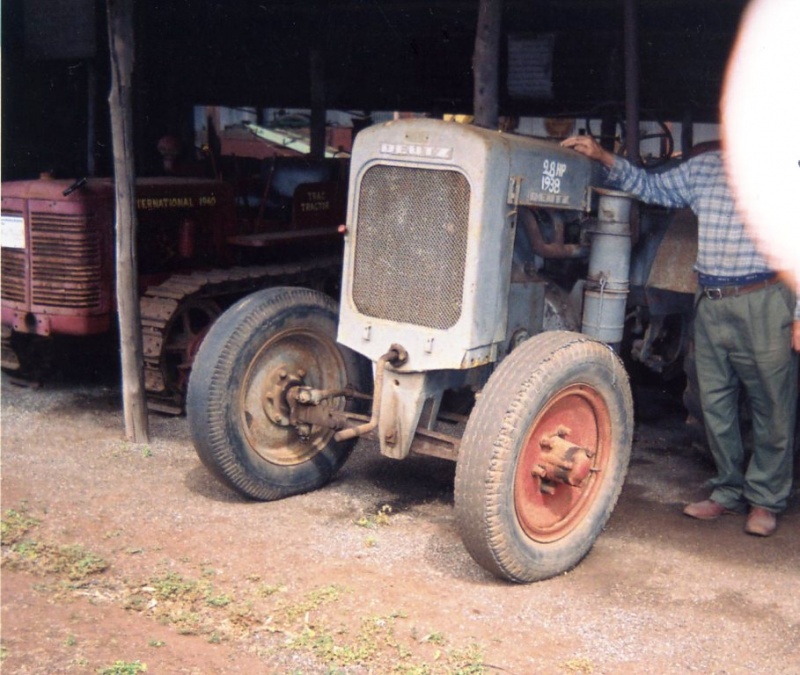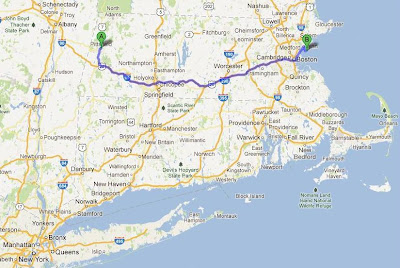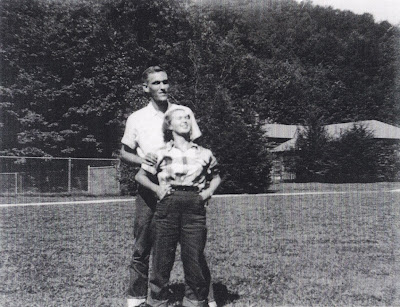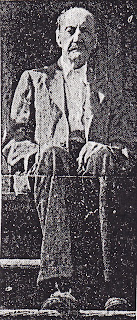Story Pages
On the road…again!
Afghanistan to Zambia
Chronicles of a Footloose Forester
By Dick Pellek
Euripides Taught Us Important Lessons
Several of the Chronicles of the Footloose Forester were written with an unstated purpose of informing and instructing the reader to not take everything at face value. In one of them, however; the message was bluntly stated near the end of the chronicle entitled, “My Bid is Eight Spades.” As posted, the passage read, “Don’t believe everything you read; don’t believe everything you hear; and don’t believe everything you dream. But, above all; don’t dismiss, out of hand, everything that does not square with everything that may go against everything that you personally believe.”
The 31 March 2013 story was about a dream, thus some of the scenes from the dream can be dismissed as unreality. Nobody can be criticized for dismissing dreams. Yet, some of the truisms in dreams were part of the substance of that particular dream that have endured as memorable quotations for over two thousand years. One of the favorites of the Footloose Forester is one by Euripides (480-406 B.C.), as follows:
Question everything. Learn something. Answer nothing. (Euripides circa 410 B.C.)
Currently the Footloose Forester is reading a book written by fellow-forester Jay H. Cravens who was a US. Forest Service employee working under an Agency for International Development contract during the Viet Nam War. Cravens was a civilian, but saw much more fighting than many Americans in uniform, regardless of their branch of service. That was a matter of where he was assigned; where he travelled; and where and when he witnessed the horrors of war. His account of the circumstances and the fighting that took place in and around Saigon during the Têt Offensive of 1968 are first-hand impressions that he composed as letters to his family and later transcribed as the basis of his 1994 book, A Well Worn Path. (University Editions, Inc., 503 pages).
Jay Cravens and the Footloose Forester crossed paths only once or twice, at the office of the former, in Viet Nam. But because Cravens, in his book, mentioned several other people whom the Footloose Forester also knew; and because his account of the Têt Offensive was extensively covered in more than 40 pages in his book, the Footloose Forester values the book as the best description of what happened in Saigon during the Têt Offensive in early 1968, as told by a civilian who lived through it. Cravens was at one end of town, and the Footloose Forester was waiting it out at Tan Son Nhut Airport, just outside of town.
Although most of what Jay Cravens saw and reported in meticulous detail was based on first person experiences, he did introduce a few ideas that were based on his opinions about the food, the people, the customs and Vietnamese traditions that do not fall into the category of verifible fact. When his ideas are identified as opinions, his personal remarks should be accepted as opinions-- the opinions of Jay Cravens. However, when a glaring misstatement of fact appears deep into the discussion of the aftermath of the Têt Offensive, the purported facts should be questioned. That is where the lessons of Euripides kick in.
Question everything. Learn something. Answer nothing.
There is no hint in the Cravens book that he was a golfer; but in more than one passage there is ample evidence that he showed distain for several individuals who were golfers; and who apparently had shared stories with him about certain aspects of the Têt Offensive. Thus, his deprecating remark, “A real tragedy has affected a number of Embassy and USAID workers…! Bombs (undoubtedly dropped by a non-golfer flyer) have created traps in the center of the 12th, 14th and 17th greens…page 391.

Portico of the Golf Club de Saigon, prior to 1966
There were no bombs dropped on the 12th, 14th or 17th greens. Too bad that Cravens chose to include something that somebody told him, then included as part of his remarkably detailed first-hand account. As far as Euripides is concerned, his advice to question everything was the stimulus for the Footloose Forester to flag that particular passage on p.391 of the book, A Well Worn Path; and to commence writing this chronicle. Some 45 years after the Têt Offensive, the Footloose Forester learned something—the false rumor about the bombing of three greens at the Golf Club de Saigon. As a member of that club that was just across the street from where he worked, the Footloose Forester played on those unaffected greens a couple of weeks after the Têt Offensive was over. There were no bomb craters.
Later in the Cravens book, he briefly described the fighting in and around Saigon during the VC "summer offensive" of 1968. The passages are convincing, given that they were written by someone who kept a journal and kept the chronology of events, day by day. The Footloose Forester had no reason to question most of what was written, except for the passages that began on page 448. Cravens wrote, "Now for today's (5 May) events..." followed by entries on 7 May and 9 May 1968.
At the time, Cravens was within a few days of leaving VIet Nam upon completion of his contract; therefore it was curious that he wrote, "I have my airline tickets and everything completed.....The last obstacle could be the route to Tan Son Nhut airport. It was under fire all day yesterday and closed to all except military traffic." The subsequent entry for 9 May was the most disturbing, as follows: "Fighting in the past two days has been more severe than during Tet. More bombs and napalm have been dropped on Saigon than during the first few days of Tet. Fighting goes on day and night..." ...page 449. One wonders where Cravens got that information. The Footloose Forester was on duty at Tan Son Nhut during that period; and he cannot relate to most of what Cravens said about dropping bombs and napalm. He also rode his Honda 50cc to work each morning; and returned each evening without ever being notified that the roads were closed. He never got a sense that there was more danger than at other times during that offensive. And he never saw evidence of napalm being dropped in Saigon, nor did any of those he worked with discuss the use of napalm. Indeed, he categorically disputes that napalm was dropped in Saigon by American warplanes. Only the Viet Nam Air Force flew missions over their city; and that fact was well known.
The beleated addition of the foregoing paragraph was not anticipated until the Footloose Forester read pages 448-450 of the Cravens book. Surely Cravens got some of his information from unreliable sources. Indeed the VC summer offensive was a massive effort; however it is difficult for the Footloose Forester to accept much of what was written about road closures and the dropping of napalm within the city limits of Saigon when he traversed those streets daily. Thus, the main thesis of the Euripides axiom: question everything.
Of course, the wise Euripides included the words, “Answer nothing” as part of his famed quotation. That might imply that neither Jay Cravens nor the Footloose Forester can now verify the facts regarding the former greens at the Golf Club de Saigon, nor the use of air power during the subsequent VC summer offensive. The tiny 40 acre golf course was converted into part-park, part-fruit orchard in the post-Viet Nam War era. Yet, the images of the 12th, 14th and 17th greens are still clearly visible in the mind of the Footloose Forester. And that includes the period of time more than a year after the VC offensive.






